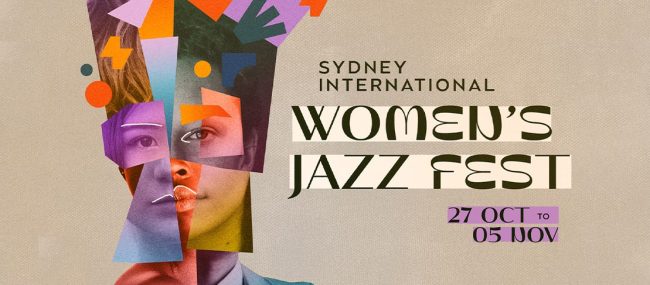The Gender Pay Chasm

Men still earn more than women. Fact. This is known, somewhat euphemistically, as the “gender pay gap”. A more accurate term could be the “Gender pay chasm”. A chasm being a deep fissure in the Earth’s surface, thus potentially more appropriate for the size of said gap.
The gap is starkest in the financial sector, around 29% in favour of men and at its lowest in public admin and safety-around 5% percent.
According to the Workplace Gender Equality Agency, the “Gender pay gap” is influenced by a number of factors.
Discrimination and bias in hiring and pay decisions, women’s greater time out of the workforce impacting career progression. And importantly, women’s disproportionate share of unpaid caring and domestic work.
https://www.wgea.gov.au/sites/default/files/gender-pay-gap-statistics.pdf
 How can we still have this gap? This is a complicated question. Dr Meagan Tyler of RMIT, believes the answer is obvious.
How can we still have this gap? This is a complicated question. Dr Meagan Tyler of RMIT, believes the answer is obvious.
“The nice short answer is patriarchy”.
“When we break it down, it varies across industries. For male dominated industries in particular, we see a larger pay gap.”
Within the private sector, transparency can be an issue, and the gender bias in wage decisions can be subtle.
“Places where we have transparency of pay and where there are proper mechanisms in place to make sure people are paid similarly for equal work, we see a lessening pay gap”.
Listen to the entire interview below.
Evening the playing field may be difficult.
“It is going to take a big cultural shift to think about the unconscious bias that we are not always aware of”
Our deep rooted societal perceptions of women could be the key to change.
“Women bargaining for a pay rise or bargaining for a particular starting salary…they are often disadvantaged, they are seen as greedy or asking for too much. Where as men are seen as confident and competent”.
Conventional wisdom would suggest that we are seeing progress, however, the pay gap was smallest way back in 2004.
“It harms actually, the functioning of the economy. Its not very efficient to be underpaying a significant part of your workforce”.
And until the revolution does happen, safety in numbers could be a short-term solution.
“Even just talking to your colleagues at your workplace, and getting that support. Talking about what we can do for positive change, going to human resources department, going to your union. Those things can make a small difference to your life on a day to day level”.

